Embellishments can come is a wide variety of designs, mediums, and textures, and they can often lead to some of the most interesting pieces of acrylic art. Sometimes it’s tricky to figure out where to start when it comes to embellishing, check out this little list of some of our favorite embellishments to get familiar with the practice and draw some inspiration.
Octopus Embellishment From the Deep
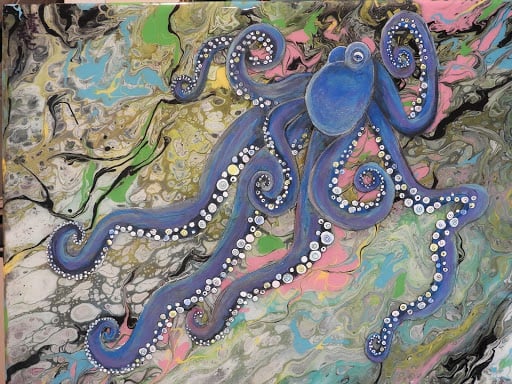
Inspiration for an embellishment can come from anywhere, even the depths of the ocean. Get some tips on how to use the swirling patterns of color in a painting to visualize a living embellishment. Using this technique gives you plenty of room for trial and error, because nothing in art has to be perfect!
Embellishing a Wise Old Owl
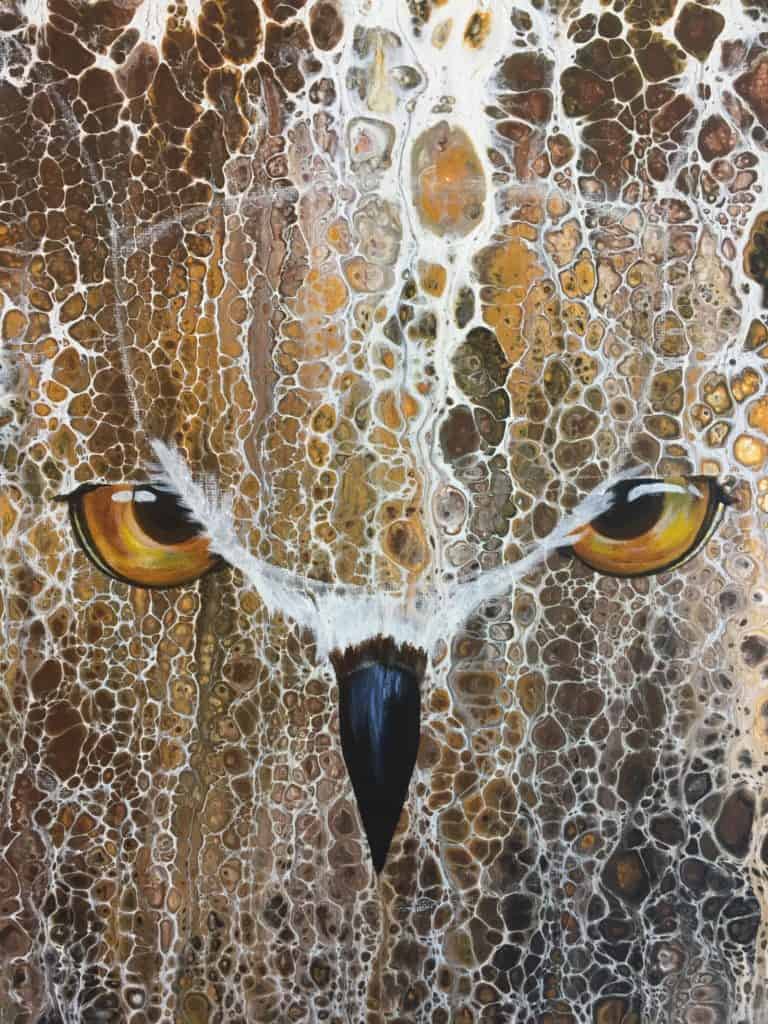
The amount of detail that goes in to an embellishment depends completely on the piece and the artist. Some paintings have a very clear path for an embellishment, some require a hyper realistic look and some have such a specific color scheme the piece almost demands an embellishment. This piece seems to somehow check all three of those boxes!
Pinterest Pallette Puddle Pour with Embellishments
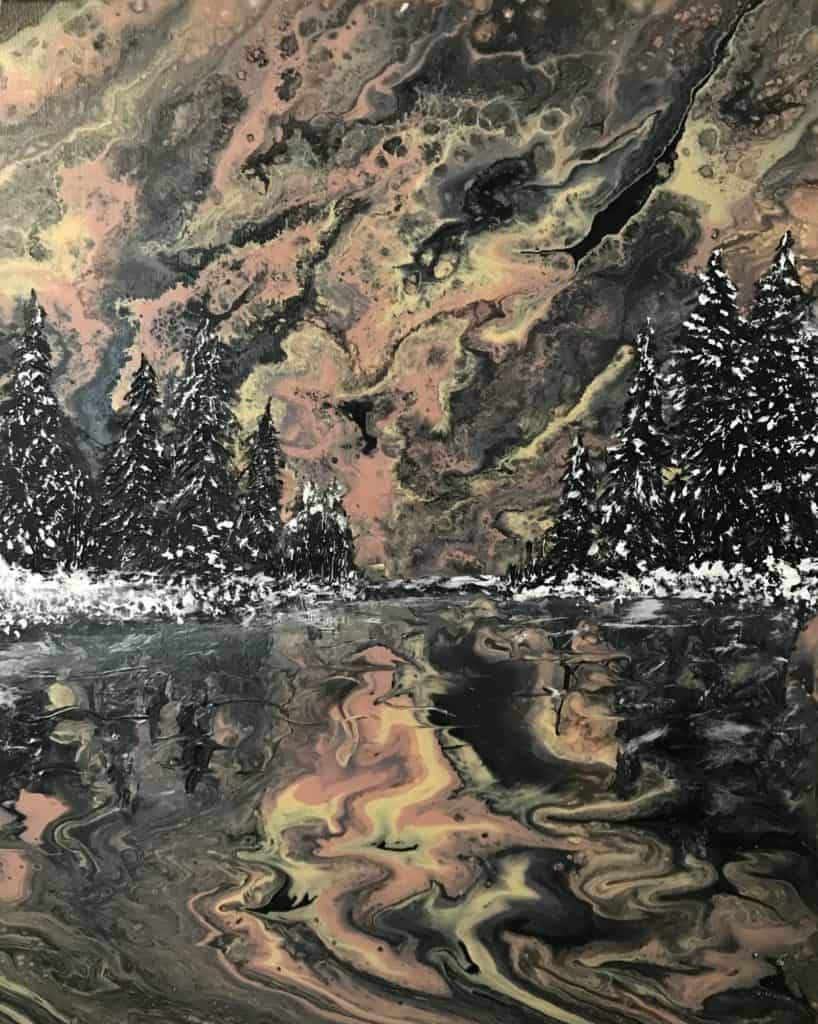
It’s pretty clear by now that nature is one of the biggest motivations behind embellishing a pour. Sometimes the movement of the painting on a canvas is just too uncanny to a nature scene to let it be. The excitement of adding an embellishment can even be too much to wait for the piece to dry, take a look at how that turned out!
A Deep Sea Inspired Sand Embellishment
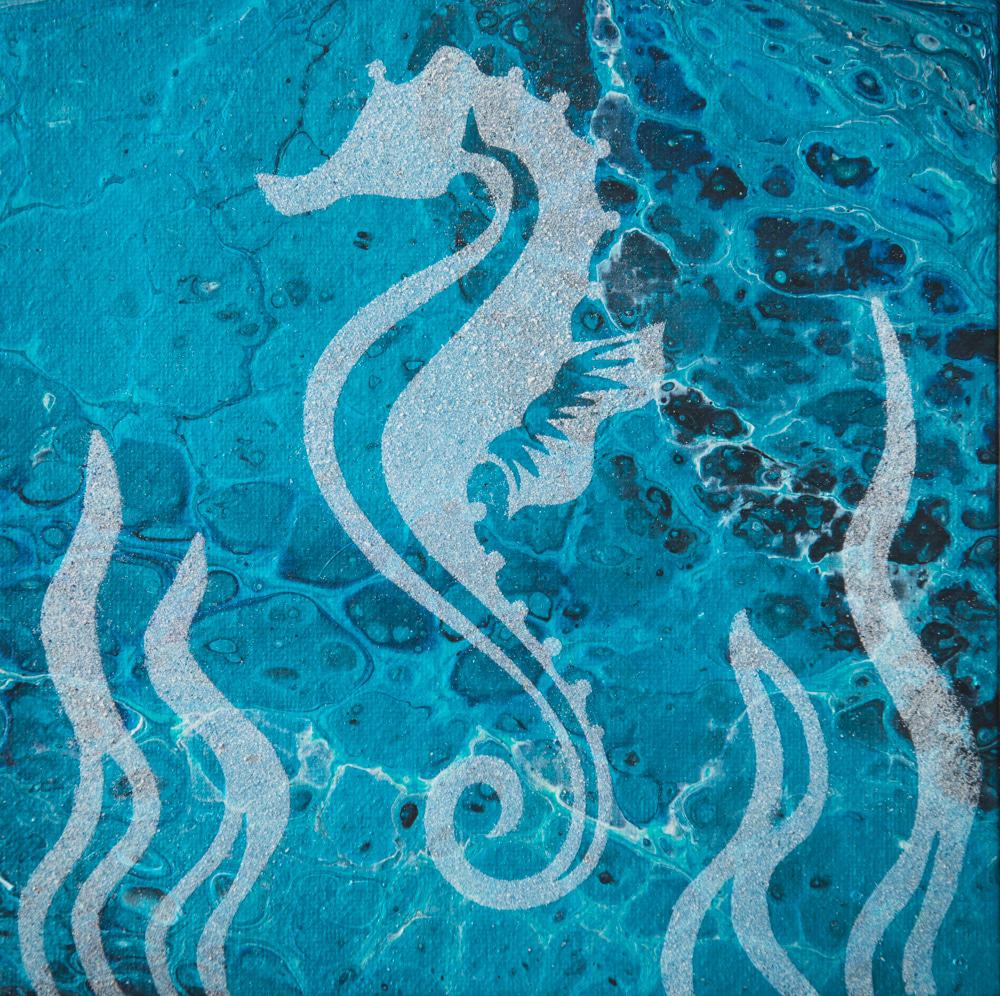
While an embellishment is usually a bonus to a pour, there are times when artists are first inspired by an embellishment and the pour comes later. When that happens artists have the choice of pouring a fresh painting to go with this must-have embellishment idea or using an old painting that just happens to be perfect. Embellishing doesn’t always have to be more paint on a canvas either, sometimes it’s as simple as a little sand and glue.
How to Embellish Any Pour Into a Gorgeous Geode Style
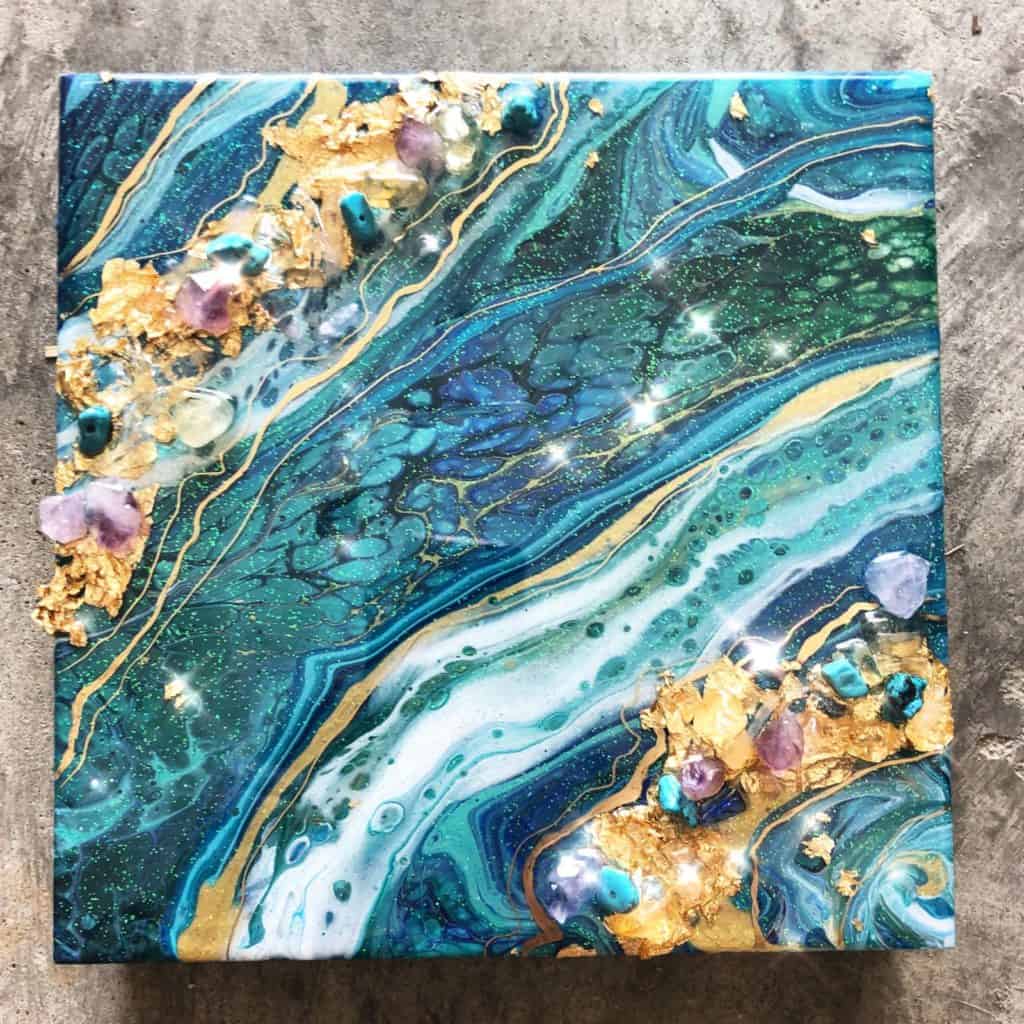
A 3D embellishment can be an incredibly striking piece, but also tricky to execute. There are a lot of steps to be taken and some steady hands can be required for parts of this process, but if you stick with it and aren’t afraid to make a few mistakes along the way, you could find yourself with a dazzling embellished pour.
After being told in high school that she was so bad at art that she should switch to another subject, Deby didn’t paint again for 35 years. Then a stroke released a new wave of creativity and she began exploring with dot painting, abstract and eventually acrylic pouring, and at last the joy of working with color returned. You don’t need ‘talent’ to be an acrylic pouring artist – just enthusiasm, some basic instruction, and a willingness to try, fail and try again. Paint along with her and learn from her many mistakes, and you’ll soon make great art together.

What varnish do you use on your dirty pour
These are very nice tips related to Acrylic Pouring Embellishments.